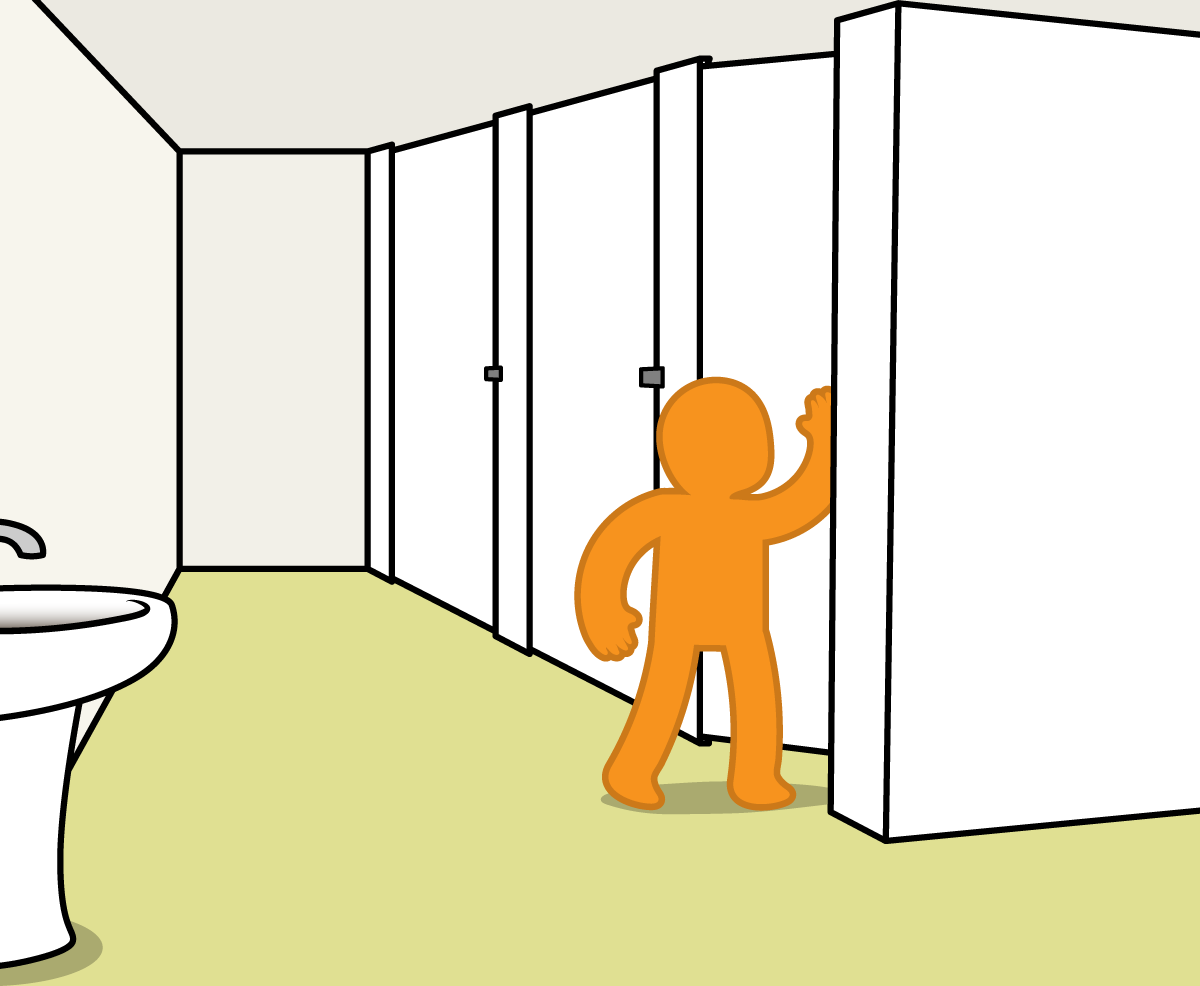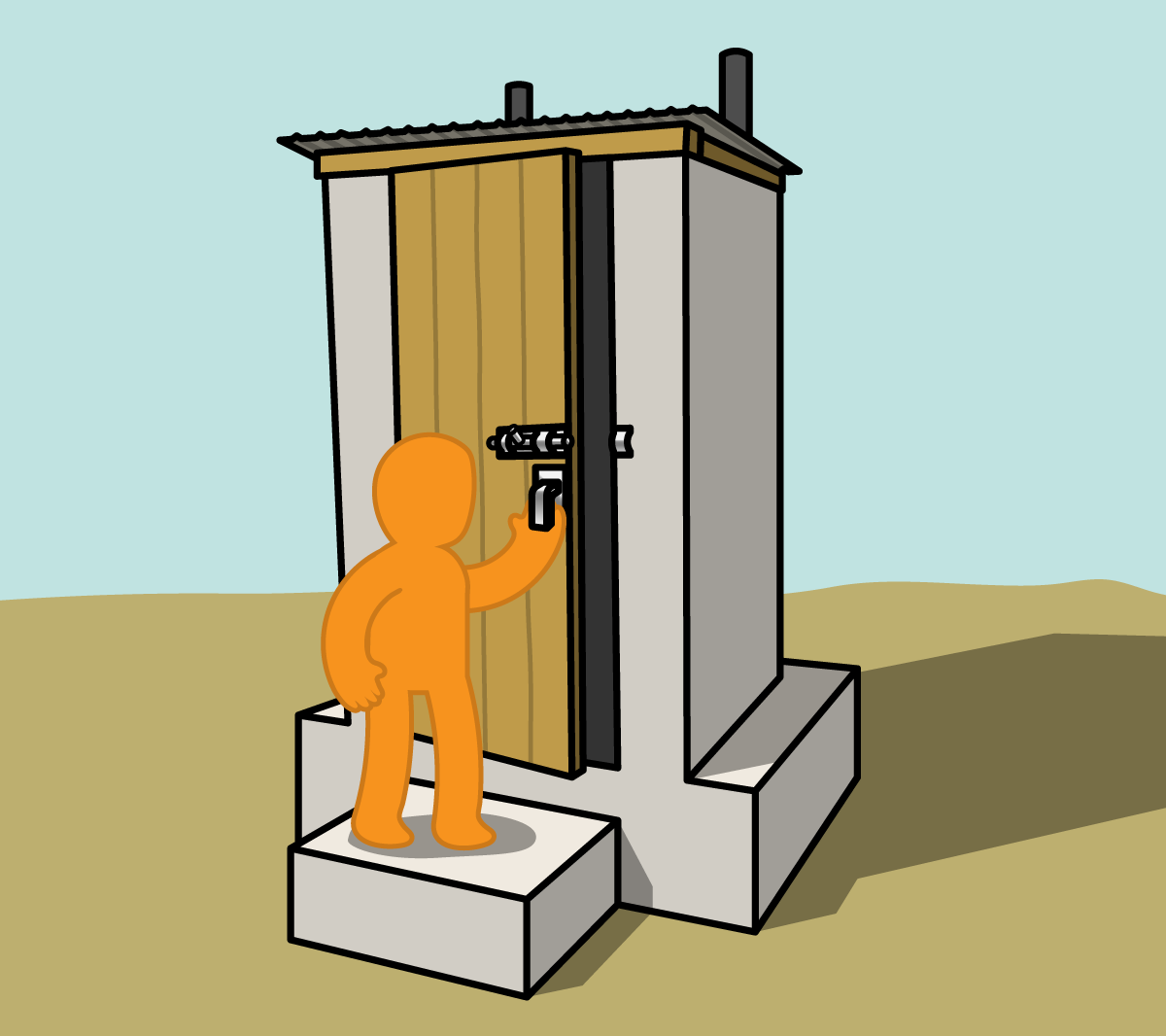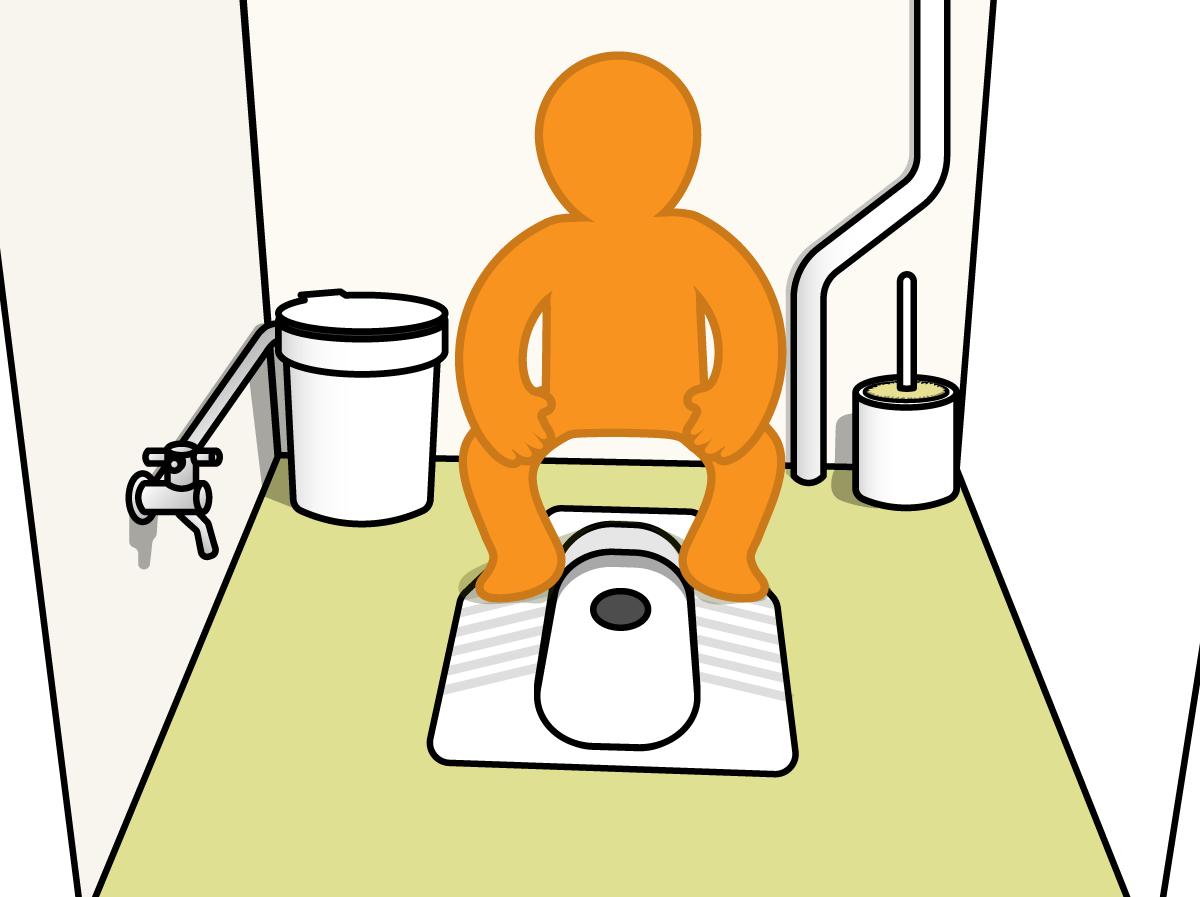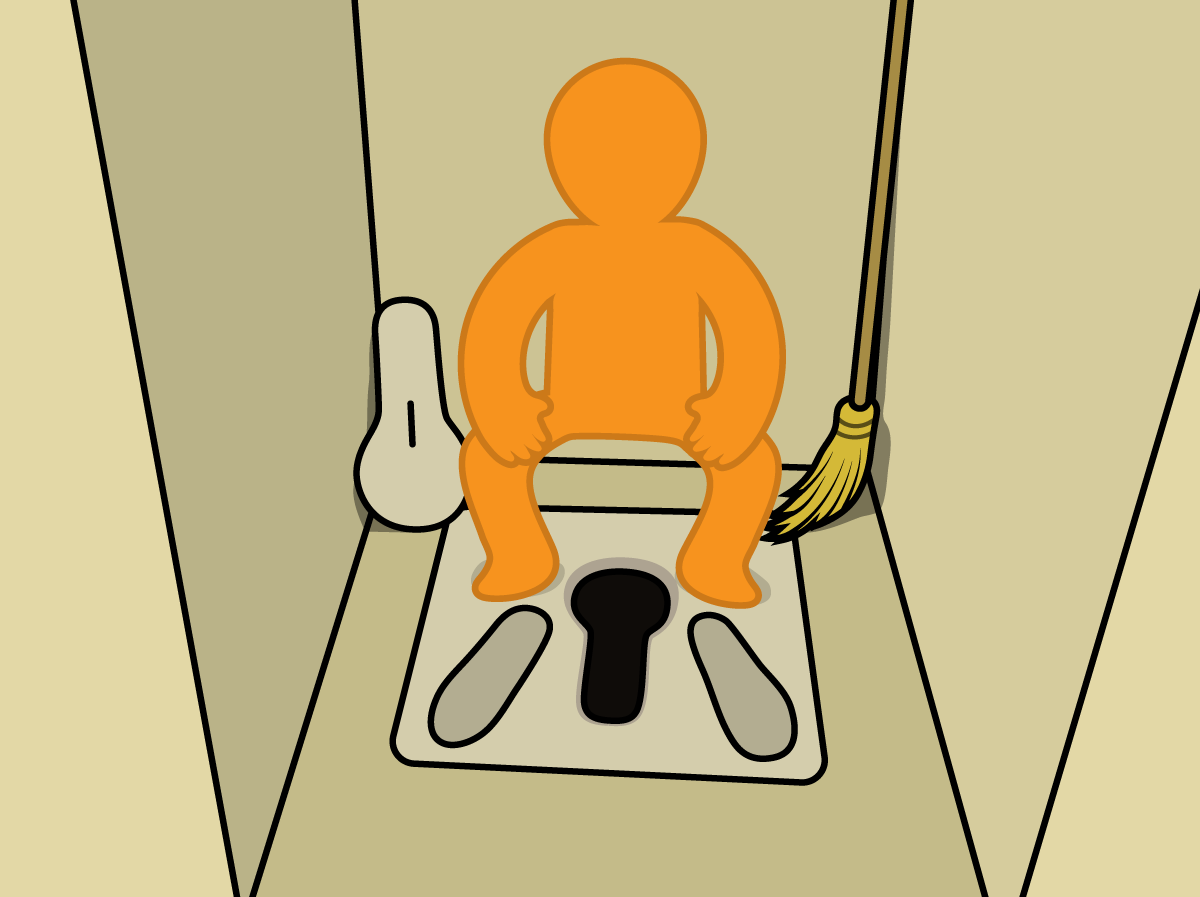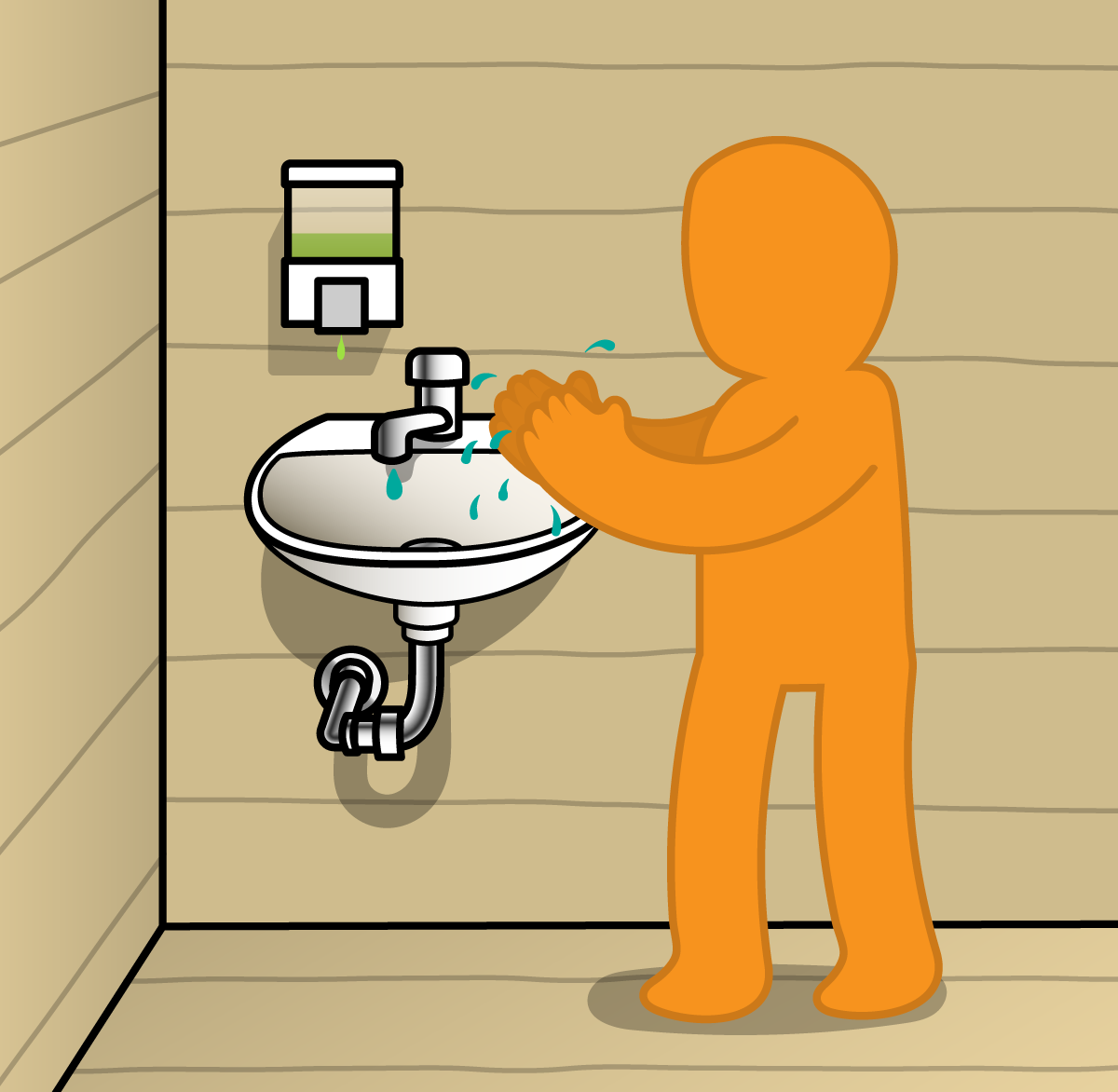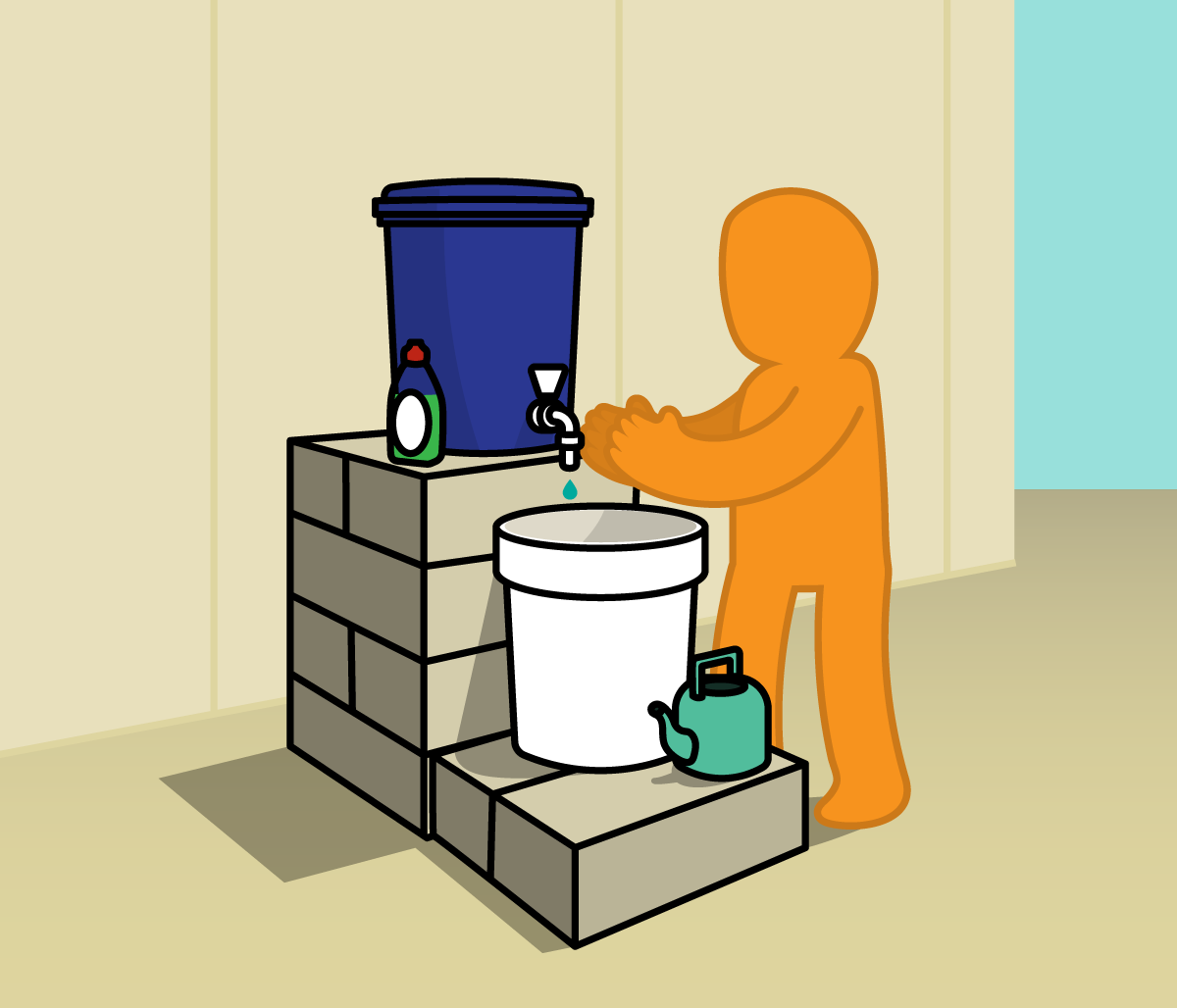This section details the two components of user-centred community engagement and the methodology trialled in displacement camps in Bangladesh and Iraq.
User-centred community engagement components
User-centred community engagement in rapid-onset emergencies needs to explore people’s needs in-depth whilst engaging with as many people as scarce resources allow. This can be achieved by using a combination of interactive surveys and participatory co-creation sessions.
A digital tool to deploy interactive surveys
The digital tool runs on a tablet and facilitates the deployment of surveys that engage with a large number of children and caregivers using interactive illustrations and smiley faces scales. The use of these visual components circumvents potential low literacy skills in the affected population and saves time, allowing to engage more affected people. Responses to key question using the illustrations are answered by tapping on so-called “pain points” - issues they might have with what is shown on the tablet. This interactivity makes the survey more engaging for respondents and creates heatmap data of tapped areas on the tablet. To minimise duration and maximise the number of people that can be engaged, follow-up questions are determined by where respondents tap.
The tool is used to create short digital engagements that require few field team resources. Instructions for deployment within the tool and simple use mean that training requirements are also kept to a minimum. Data can be collected offline using multiple devices and uploaded once an internet connection is available. A predefined report automatically populates as the data is uploaded. It ranks and visualises the engagement data in an accessible, actionable way. This enables quick, low-resource engagement with many members of the affected community to gain initial understanding of issues with a service such as sanitation facilities.
Co-creation sessions to define design changes with the community
The initial understanding is then taken into community co-creation sessions with children and caregivers. Depending on cultural contexts, the sessions are conducted separately for caregivers of different genders and children of different ages. Activities such as 5 Whys, H-Assessments and dot voting are used to explore pain points in more depth, capture current sanitation behaviours and to develop and rank potential improvements to sanitation designs with the community. The session also enables interaction with WASH engineers and other decision-makers so that community insights and input can directly influence sanitation design alterations.
Co-creation sessions also create the opportunity to help manage the expectations of affected people. It may not be possible for aid agencies to implement all of the solutions that children and caregivers suggest; however, it is important to explain why that may be the case. Honest discussions during co-creation sessions can promote more collaborative and transparent relationships between aid agencies and affected people.
Methodology used for pilots
The way the components are combined to complement each other can be adapted according to contextual factors of the response (e.g. scope, budget, cultural factors). For the pilots in Iraq and Bangladesh we combined them to form the following methodology with focus on informing the design of child-friendly sanitation facilities.
Training on the use of the methodology took place on 1.5 days only and included hands-on practice sessions for the use of the digital tool to deploy interactive surveys and the co-creation sessions. The Eclipse and Save the Children project team conducted the training and supported the back end of the interactive surveys. All activities were managed by the field team in order to assess the feasibility of the methodology.
1. Launch Session
A community gathering with the primary user group (children aged 5 -12 years), their caregivers and community representatives is the beginning of the engagement. It aims to build a relationship between the field team and the affected community, introduce the engagement, and represents an opportunity to address any potential participation barriers.
2. Interactive survey I
Trained field staff conduct the first interactive survey using the digital tool with children and primary caregivers in camp households for 3 - 4 days. The automatically produced report is reviewed by WASH engineers and the main pain points identified are taken into the next phase of the engagement.
3. Co-creation session
The humanitarian field team and local facilitators run a community co-creation session with children and caregivers. Data captured in interactive survey I informs participatory activities including 5 Whys exercises and H-Assessments to explore pain points and decide on design changes in a participatory way with the community.
4. Construction of altered design
WASH engineers review the design changes co-created with the community for feasibility and decide on which changes are implemented. Material is procured and construction of new facilities or alterations to existing facilities are carried out.
5. Interactive Survey II
A second interactive survey is deployed using the digital tool. It engages children and caregivers in their camp households and focuses on measuring satisfaction with the alterations and collecting feedback, as well as identifying if there is a need for any further alterations or action to improve the latrines further.
6. Further Alterations to Sanitation Facilities
Further alterations to sanitation facilities based on the output of interactive survey II are carried out. This represents the end of the engagement.


